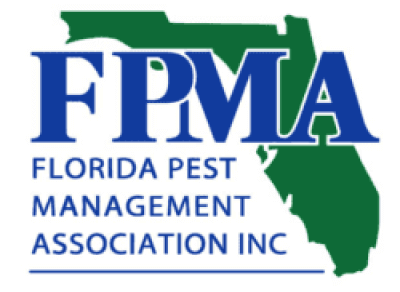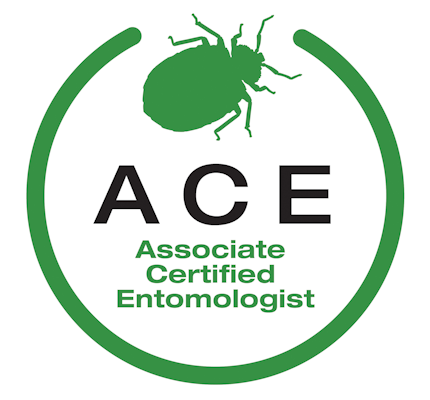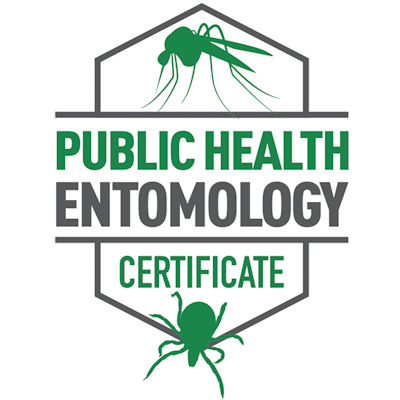Bee Pest Control
How we treat:
Bees
We’ll use our expert knowledge of bee biology to effectively and safely prevent and protect your home like it was our own. See how.
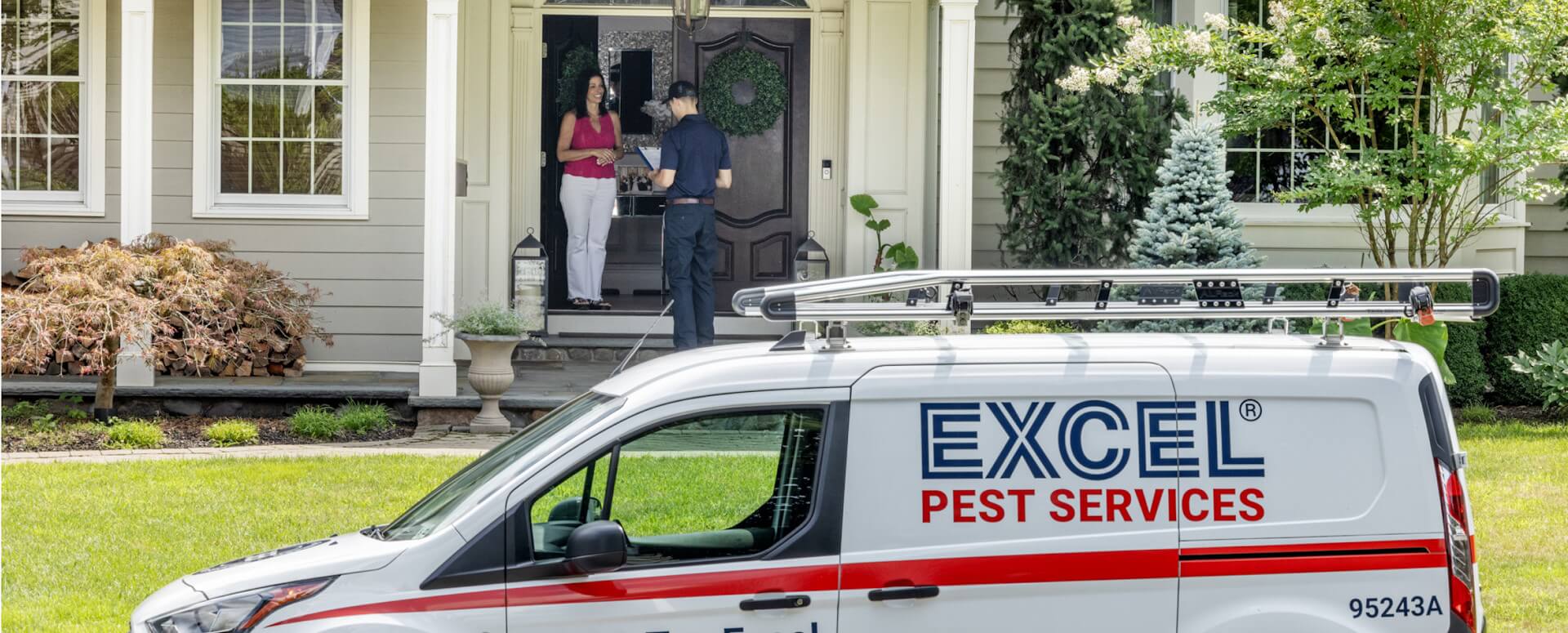
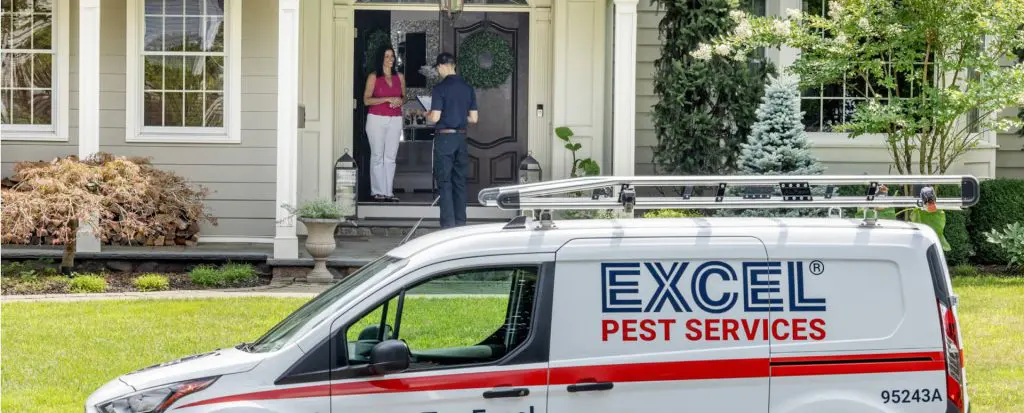
Getting rid of bees is as easy as 1, 2, and 3
INSPECT
We start with a careful examination of the property to identify the species of bee, the location of the nest or nests, and to assess the potential risks they pose.
TREAT
Once the bees and nests are identified we’ll develop a targeted treatment plan to eliminate the colony. Protective measures are used to keep homeowners and pest control experts safe from more aggressive species. In the case of honeybee infestations, we try to relocate the hive without harming the bees.
PREVENT
We may recommend perimeter treatments to keep bees from coming back and suggest tips to deter future bee activity.

Excel’s proven process
Our proven approach to delivering a pest-free, worry-free environment. Guaranteed.
Inspect
We’ll inspect your home inside and out, and top to bottom to spot current and potential pest problems.
Identify
We’ll assess and correctly identify any active pests. Pest species and biology is considered to choose the right treatment option.
Treat
We’ve identified your pests, now we’ll treat them using safe and effective treatment methods with only EPA registered products.
Report Back
We’ll provide service reports via email letting you know who was there, what they did, and what happens next.
Monitor and Maintain
We’ll prevent pests from returning with our ‘set it and forget it’ maintenance plan. Keeping you one step ahead of mother nature.
Feel Excel-lent
You’ll feel great and rest easy knowing your home, family and pets are in good hands.
Testimonials
Your neighbors love us.
Pests, not so much.
“I’m definitely as environmentally conscious as I can be…a lot of these companies come out and they say, we’re the professionals, we’ll take care of it. You just cut us a check and don’t worry about the details. The fact that you explain the details matters a lot.”
“I did talk to a number of pest control companies, and when I considered the value of their being willing to come out anytime I have a problem I went with them. That freedom to just call is very valuable to me.”
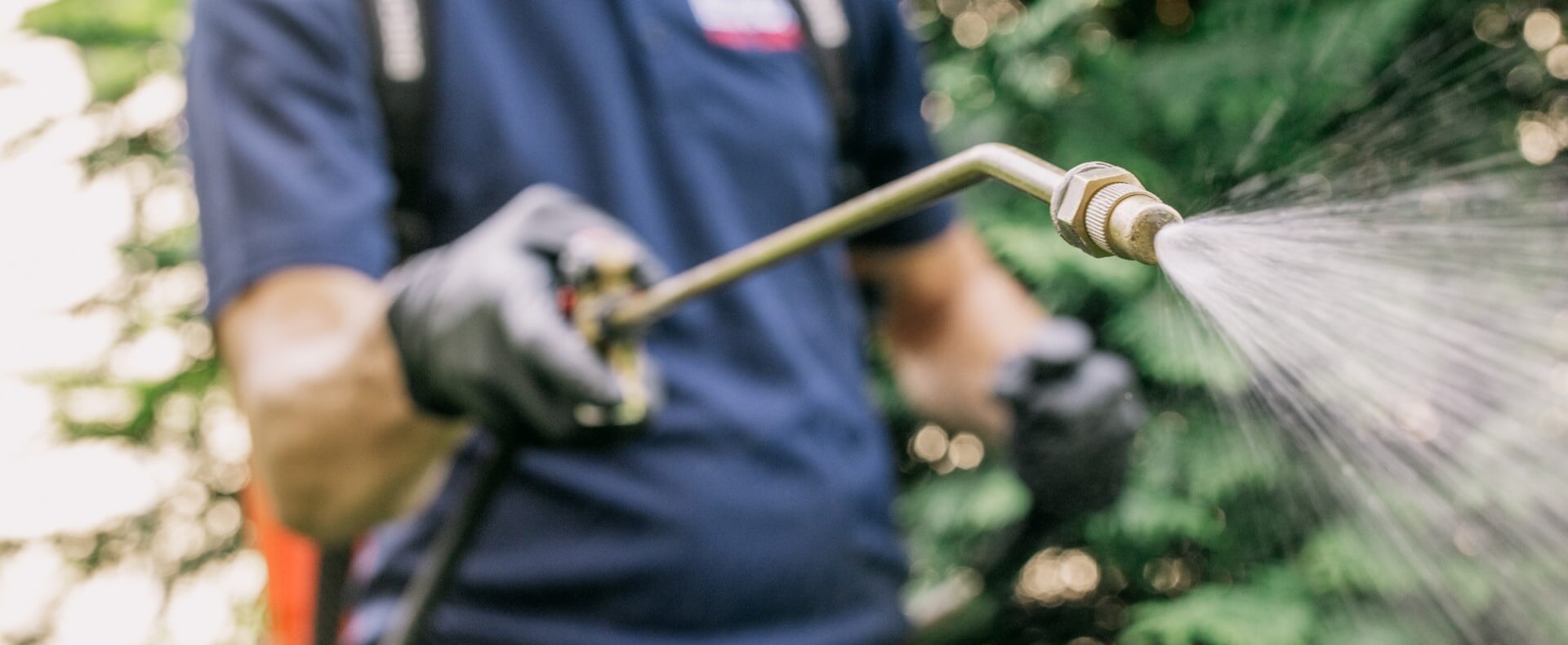
Quick reference
Frequently asked questions
What do bees look like and why are they concerning?
Bees come from the same family as wasps and ants, and are known for their role in pollination. There are more than 20,000 recorded bee species. The most common types of bees that home and business owners encounter are honey bees, carpenter bees, and bumble bees. Bees make a distinct buzzing sound when they fly. The larger the bee, the louder the volume of the buzzing. All bees have a head, thorax, abdomen, and four wings. Beyond that, however, their appearances will vary between species. Honey bees, for instance, are approximately ¾ of an inch long with hair and brownish-black and yellow-orange bands. Bumble bees, while also hairy, are larger and have darker bodies with yellow markings. Bees can pose a serious threat to human beings because of their ability to sting, as well as their tendency to transport unhealthy bacteria and debris which can cause severe allergies and reactions.
Where do bees live?
Often a home or business owner may notice there are dead bees next to the windowsill or lying lifeless on the floor. These signs could indicate a hive on the premises. Bees often nest in areas that are close to people. They may build nests under the eaves or ledges of buildings, in trees, or underground. Bees don’t stray far from the nest but they do tend to fly towards streams of light. Once indoors, they will typically be found buzzing against the windows or light sources in an attempt to find and return to the outdoors.
Why do I have a bee problem?
A common misconception is that bees enter the buildings through a window or door that has been left open. Although that may be the case for one single bee, it is not how large numbers enter. When you notice multiple bees indoors, it is most likely because the beehive is attached somewhere inside or around the building, like on a wall or in an attic, chimney, or crawl space. Bees tend to hover near garbage cans because they are attracted to the food scraps.
When are bees active?
Bees’ activity throughout the year depends on the seasons of their favorite flowers as well as temperature. They hibernate during the winter but may be seen on warm days. Certain species prefer certain plants and are therefore more active while those plants are around. Some species, however, have no preference. Bees are generally active from the time warm weather arrives in spring until cold weather arrives in the fall.
What’s the best way to prevent a bee infestation?
Bees are attracted to sweet foods and drinks like soda, juice, and ice cream. A good way to minimize the appearance of bees is to eliminate any sources of attraction. This means taking precautions such as emptying the trash often, rinsing food containers before putting them in the trash, cleaning garbage bins regularly, and not having open food containers while outside. It can be hazardous to let a bee hive flourish near your home or business. EXCEL Termite and Pest Control offer professional bee control in an environmentally sound way.





If pests come back so do we. Guaranteed.
The Excel “Worry Free-Pest Free” Guarantee.
Partnering with us means we’ve got you covered all year long – with free return service visits, anytime. If you need us, call us. We’ll be there. It’s one more way you can Excel and exhale.
Talk to us today.

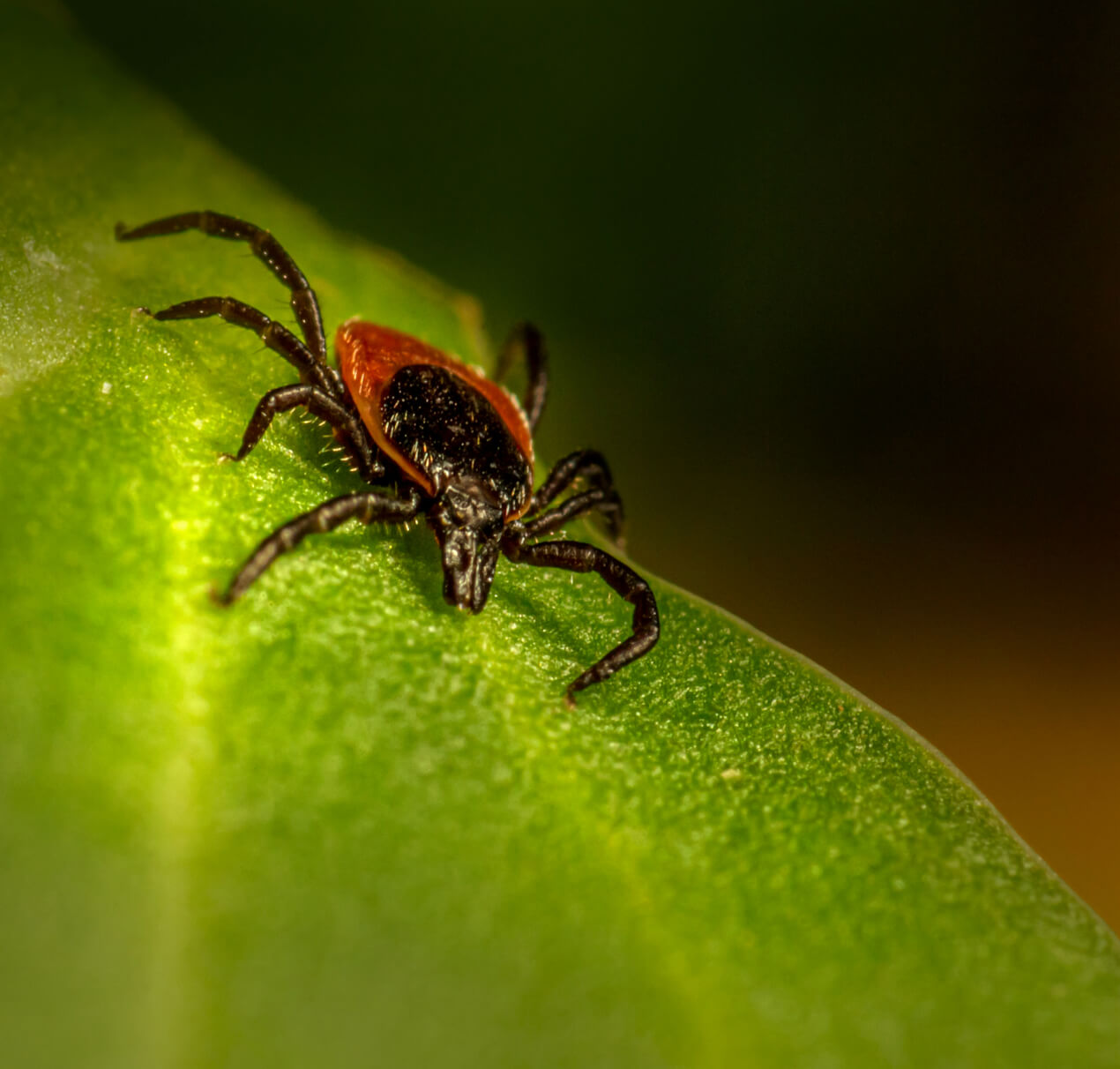

You’ll be supporting research into Lyme disease, too.
Choosing Excel helps us support the John Hopkins Lyme Research Center. You will help them advance the critical knowledge and clinical tools urgently needed to improve Lyme disease patient care and health outcomes.
The Company
We Keep
